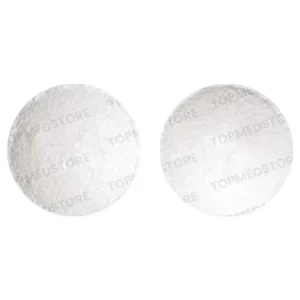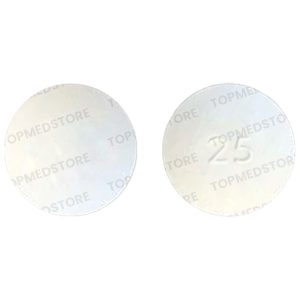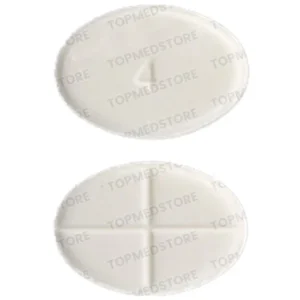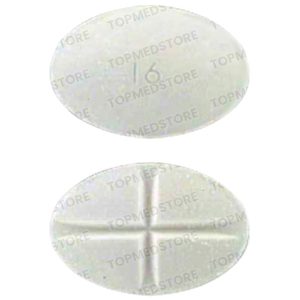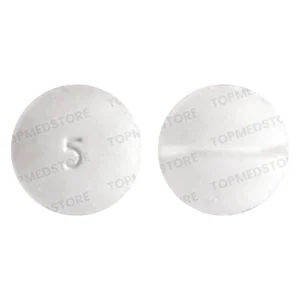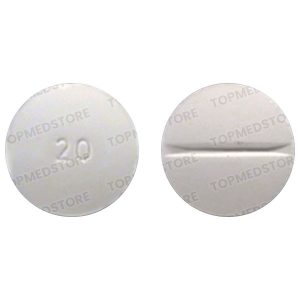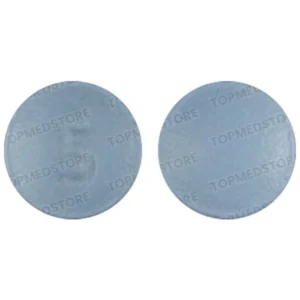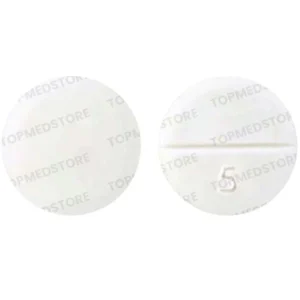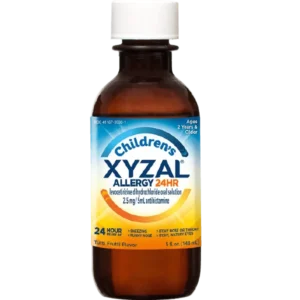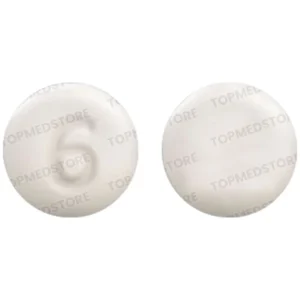Showing all 7 results
What is Allergic Rhinitis
According to date given out by American Academy of Allergy, Asthma & Immunology (AAAAI), about 8% of adults in the America experience some kind of Allergic Rhinitis, which is a chronic upper airway inflammatory disease. Around 60 million people in America are affected by Hay fever. The disease comes up with considerable burden on patients’ work productivity, quality of life, sleep, and daily activity. A survey of The Allergic in America concluded that one in seven adults tested positive in diagnosis of Allergic Rhinitis. During spring and fall season it is more severe in both adults and children in America. Allergic Rhinitis is also constitutes a global health problem.
Allergic Rhinitis is an allergic disorder distinguish by a needless immune response to environmental triggers such pollen, ragweed, and cats. According to season you can categorize the allergen. Some are seasonal while, others are perennial i.e. year round. In perennial type AR, people experience allergy to more indoor allergen compare to seasonal. These include, feathers, animal dander, dust mites that are mostly found in pillows, on beds, draperies, carpeting, and upholstery. Some other allergen like mold found in moist places like bathroom and basements.
Causes of Allergic Rhinitis
It is also known as ‘Hay Fever’. Allergic Rhinitis causes you such as, itchy eyes, a runny nose, sneezing, congestion, and sinus pressure, but it is not viral disease like cold. It is caused by allergens like, dust mites, pollen, or pet dander. The condition makes you miserable and troubled you in performing at work or school, or leisure activities.
Sensitization is a process in which, your immune system identifies a harmless airborne substance as harmful mistakenly. Your immune system starts producing antibodies to fight with these harmless substances. Then every time antibodies recognize that substance and release chemicals, such as histamine. And these chemicals cause some reaction, which lead to allergic signs of Allergic Rhinitis.
Causes are divided into two categories as follows:
Seasonal Allergic Rhinitis caused by,
- In the spring season, tree pollen
- In the late spring and summer, Grass pollen
- In the fall, ragweed pollen
- In warm-weather months, spores from fungi and molds
Perennial Allergic Rhinitis caused by,
- Dust mites or cockroaches
- Dander i.e. dried skin flakes & saliva from pets like, dog, cat, or birds
- Indoor or outdoor spores from fungi or molds
Note: Though Allergic Rhinitis known as Hay fever, but it doesn’t mean you are allergic to hay or it doesn’t cause a fever.
Diagnosis of Allergic Rhinitis
Many people do not take allergies seriously. But, it is not something that you have to live with. Depending upon your environment at home or office, medical history of family, and experiencing symptoms can conclude about Hay Fever. It can be complicated by conditions like nasal polyps, deviated septum, and consistent cold. Sometimes you need to visit otolaryngologist i.e. specialist of nose, ear, and throat.
For minor allergies, you need some physical examination to test allergic substances for you.
Otherwise, you need to perform tests like, Skin Prick Test: It is a simple and common test. The doctor will place some doubtful substances on your skin to see the reaction. Usually, it shows red bump if you are allergic to it. Radio-allergosorbent test (RAST) or a blood test is also common to measure the level of immunoglobulin E anti-bodies in your blood to specific allergen.
Symptoms of Allergic Rhinitis
Sometimes symptoms occur only when you are exposed to allergen for a longer time. Fever is not symptom of Allergic Rhinitis. Most of the parents say that, their children during allergic period express discomfort through action at school or at home. Because children may feel embarrassed about allergic symptoms.
When you exposed to allergen you might also experience some symptoms such as sneezing, cough, watery or itchy eyes, itchy nose, runny nose, nasal congestion, itchy roof of mouth or throat, sinus pressure and facial pain, allergic shiner i.e. swollen, blue colored skin under eyes, excessive fatigue, eczema-type symptom, and hives.
Health problems like, asthma or atopic eczema may increase your risk of allergic Rhinitis. There are risk factors which can cause you hay fever, such as, smoking, chemicals, cold temperatures, humidity, wind, air pollution, hairspray, perfumes, colognes, wood smoke, and fumes.
Treatment for Allergic Rhinitis
This condition can be treated with popular brand medicines such as Emflaza, which is manufactured by Marathon Pharmaceuticals. It has active component, Deflazacort belongs to a class of drugs called corticosteroids. It reduces the inflammation and changes the working of immune system.
Decadron, is one of the popular brand drugs that treats symptoms of Allergic Rhinitis. It is manufactured by leading pharmaceutical company, Merk Pharmaceuticals. This is composed of active ingredient, Dexamethasone.
Cortef contains Hydrocortisone as the main active component. It is a mild corticosteroid that treats serious allergies. Pharmacia & Upjohn, is one the trusted pharmaceutical companies offers this drug.
Atarax is a popular brand medicine used to relive symptoms of this condition. It has active ingredient Hydroxyzine and manufactured by the well-known pharmaceutical company, Roerig Div Pfizer Inc.
Xyzal containing Levocetirizine Dihydrochloride as an active ingredient acts by blocking the release of a chemical known as histamine from the cells in the body. It has been manufactured by trusted pharmaceutical company, Sanofi-Aventis Pharmaceuticals.
Methylprednisolone is the main active component in this medicine called Medrol. It acts by decreasing inflammation. Pharmacia & Upjohn, has been manufactured by leading pharmaceutical company.
Watsons’ HealthCare, one of the trusted pharmaceutical companies that offers a popular brand medicine, Sterane. It has active ingredient Prednisolone is a corticosteroid hormone, which is a natural substance produced by the adrenal glands located adjacent to the kidneys.
Home Remedies for Allergic Rhinitis?
- Keeping windows closed during high pollen seasons
- Using air purifiers
- Regularly washing bedding and vacuuming with a HEPA filter
- Rinsing nasal passages with saline solution
- Using a humidifier to keep indoor air moist
Difference between Allergic Rhinitis and a Common Cold?
Yes, allergic rhinitis and the common cold have similar symptoms, but they are caused by different factors. Allergic rhinitis is triggered by allergens, whereas the common cold is caused by viral infections. Additionally, allergic rhinitis symptoms persist as long as exposure to allergens continues, whereas cold symptoms typically resolve within a week to ten days.
Feel free to reach out to your healthcare provider for more personalized advice and treatment options for managing allergic rhinitis.

